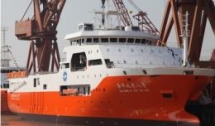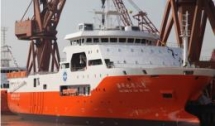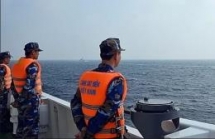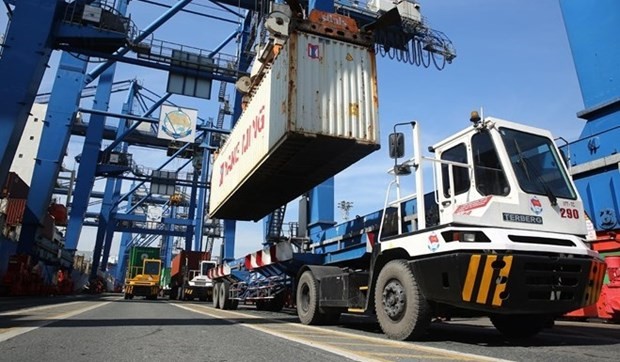Reuters: Chinese Haiyang Dizhi 8 survey vessel returns to Vietnam's EEZ
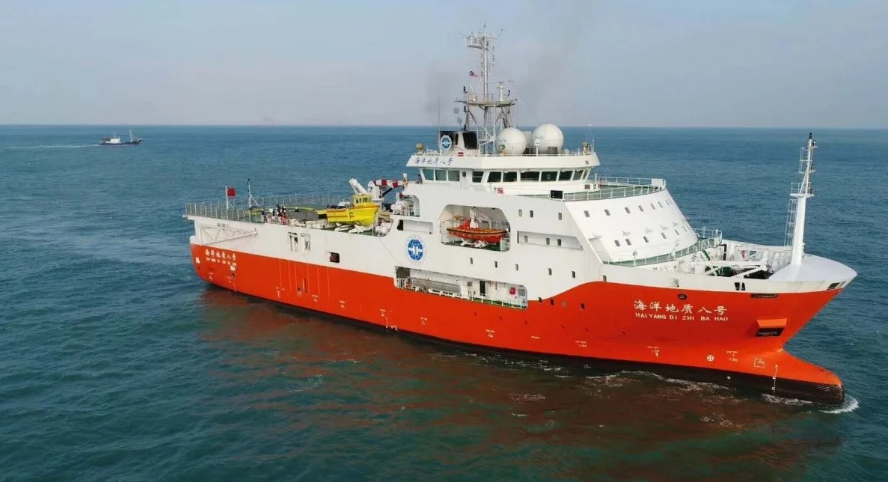 |
| The Haiyang Dizhi 8 at sea. Photo: Weibo/SCMP |
The ship, which is used to conduct offshore seismic surveys, on April 14 could again be seen 158 km (98 miles) off Vietnam’s coast flanked by at least one China Coast Guard vessel, according to data from Marine Traffic, a website that tracks shipping.
The presence of the Haiyang Dizhi 8 in Vietnam’s EEZ comes towards the scheduled end of a 15-day nationwide lockdown in Vietnam designed to curb the spread of the coronavirus (from April 1 to April 15).
It also comes after China’s sinking of Vietnamese fishermen’s boat with eight crew members onboard on April 4 off the waters of Hoang Sa (Paracel) islands, an incident not only drew sharp criticism from Vietnam, but also earned condemnation from the US and the Philippines, who is also a territory claimant in the resource-rich seas, as well as international experts.
Accoring to VOV, the 1982 UN Convention on the Law of the Sea is a legal framework for all activities in maritime areas. Under the Convention, coastal states have exclusive economic zones, a 200-nautical mile continental shelf, and 12 nautical miles of territorial waters. Coastal states which claim sovereignty in the East Sea – China, Vietnam, Malaysia, Philippines, and Brunei – signed and ratified the UNCLOS in 1982.
It is confirmed that China has no “historical right” in the East Sea and the “buffalo-tongue” or “9-dash” line that it unilaterally draws violates the 1982 UNCLOS.
China’s sovereignty claim, based on its so-called “historical right”, is not defined in international law. In 2016 China’s sovereignty claims based on the 9-dash line and historical rights were rejected by the International Court of Arbitration in The Hague. Beijing has not accepted the PCA’s ruling and has persisted in trying to affirm its sovereignty by unilateral, illegal, coercive measures.
China has sent the Haiyang Dizhi 8 and its armed escort vessels to hamper Vietnam’s oil and gas exploration activities in Vietnam’s territorial waters. It’s not the first time China has done so. In 2017 and 2018 China forced Vietnam and its partner to halt oil and gas exploration in this sea area.
Last year, at least one China Coast Guard vessel spent weeks in waters close to an oil rig in a Vietnamese oil block, operated by Russia’s Rosneft while the Haihyang Dizhi 8 conducted suspected oil exploration surveys in large expanses of Vietnam’s EEZ, Reuters added.
“The deployment of the vessel is Beijing’s move to once again baselessly assert its sovereignty in the South China (East) Sea,” said Ha Hoang Hop, at the Singapore-based ISEAS-Yusof Ishak Institute.
“China is using the coronavirus distraction to increase its assertiveness in the South China (East) Sea, at a time when the US and Europe are struggling to cope with the new coronavirus.”
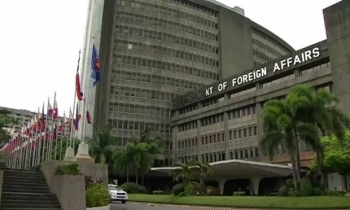 | Philippines issues statement on China's sinking of Vietnamese fishing ship in East Sea The Philippine Department of Foreign Affairs (DFA) on April 8 issued a statement expressing its deep concern over a China coast guard ship’s hitting and ... |
 | Russian experts claim Vietnam not alone in East Sea issue Russian researchers studying the East Sea issues have opposed Chinese coast guard ship’s hitting and sinking of Vietnamese fishing vessel QNg 90617 TS in the ... |
 | Area China calls “Wan’an Tan” is a shoal belonging to Vietnam’s EEZ and continental shelf The area that China calls “Wan’an Tan” is actually a shoal belonging to Vietnam’s exclusive economic zone and continental shelf defined in accordance with the ... |
 Seas and islands
Seas and islands
Vietnam Demands China Respect The Country's Sovereignty in East Sea
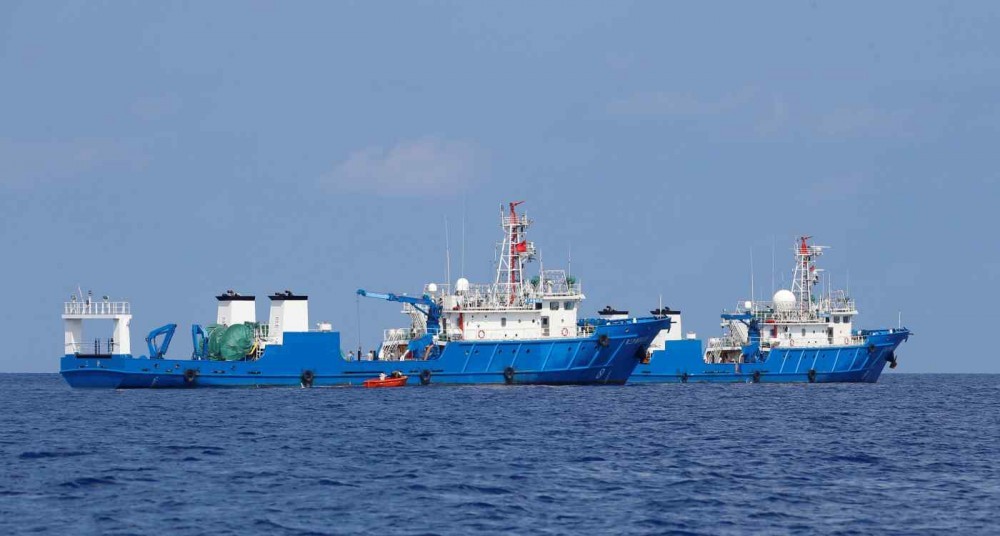 Focus
Focus
Promoting Substantive And Effective Code of Conduct in The South China Sea
Recommended
 Seas and islands
Seas and islands
Vietnam Endorses Common Voice on Ocean Jurisdiction
 Seas and islands
Seas and islands
Dialogue as Key to Settling Disputes and Advancing Law of the Sea
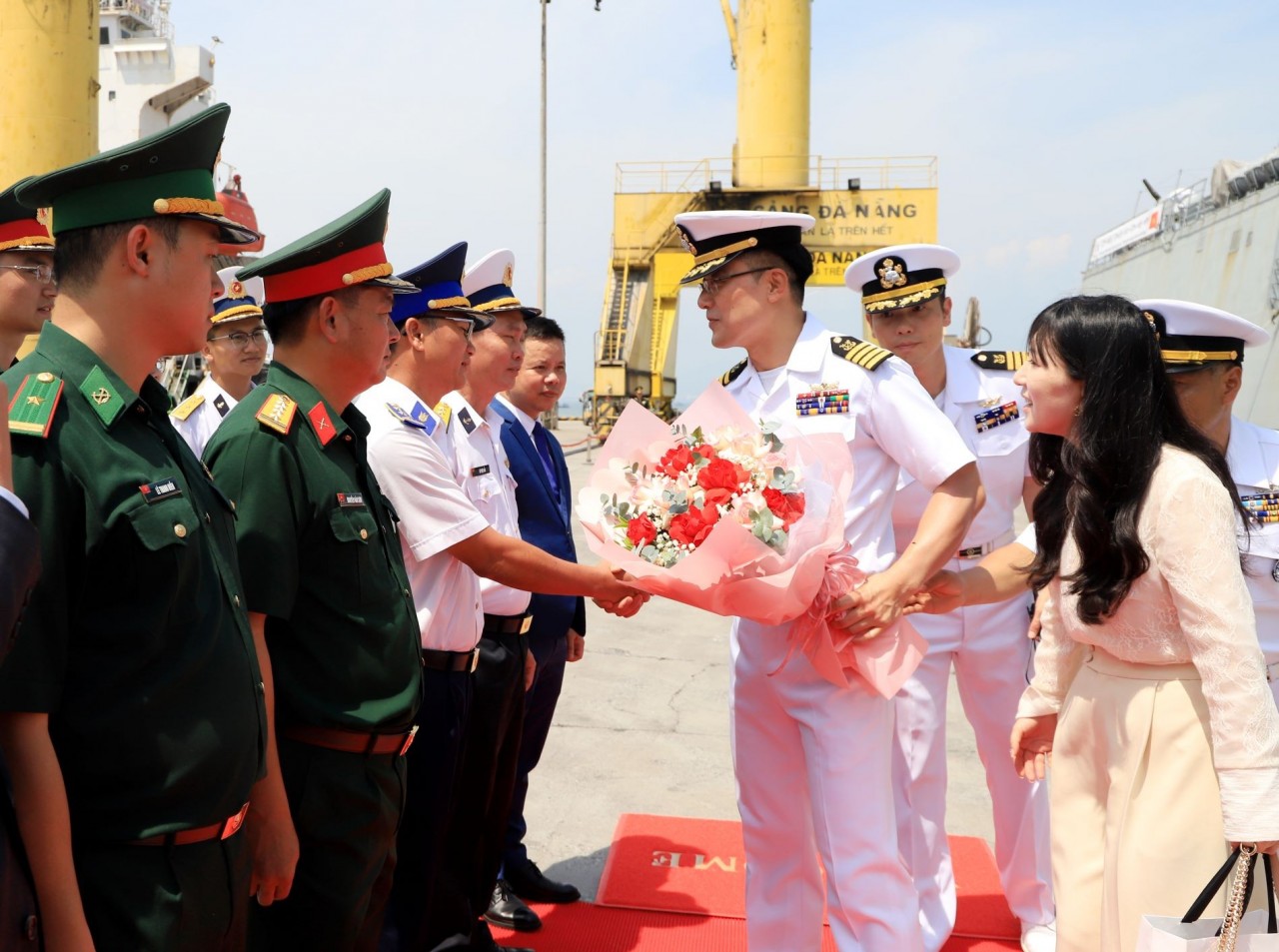 Seas and islands
Seas and islands
RoK Navy Ship Pays Friendly Visit to Da Nang City
 Seas and islands
Seas and islands
Naval Region 5 Promotes Reading Culture, Fosters Patriotism
 Seas and islands
Seas and islands
Coast Guard Region 2 Command Hosts Philippine Coast Counterpart
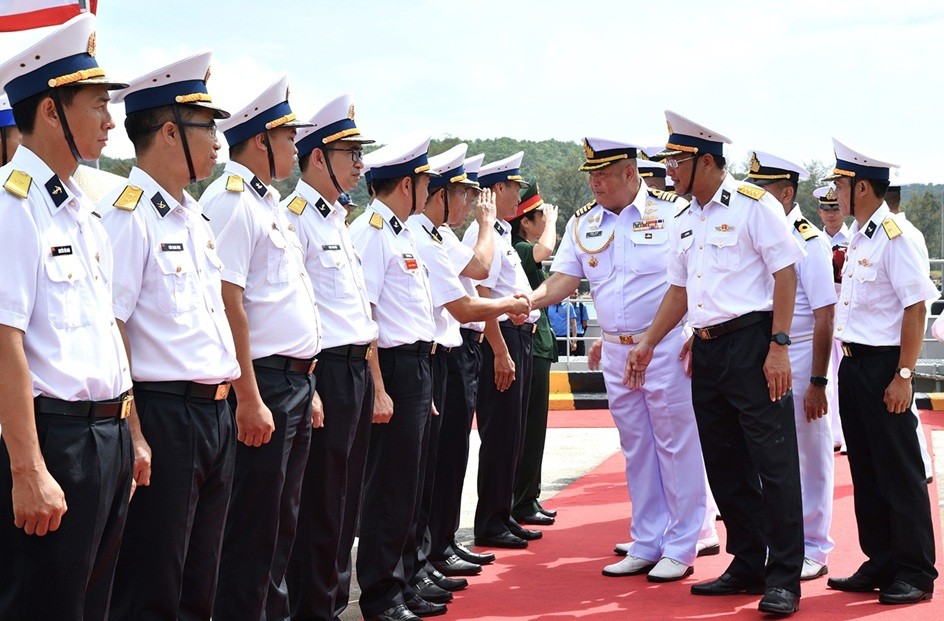 Seas and islands
Seas and islands
Vietnam - Thailand Navy: Coordination to Well Address Problems at Sea
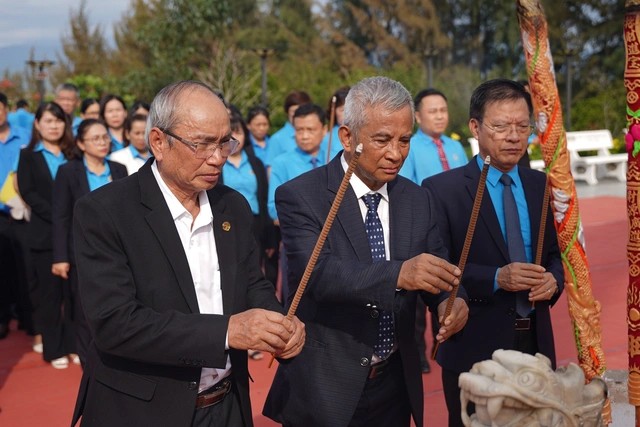 Seas and islands
Seas and islands
Honoring the Fallen: Incense Offering for the 37th Anniversary of Gac Ma
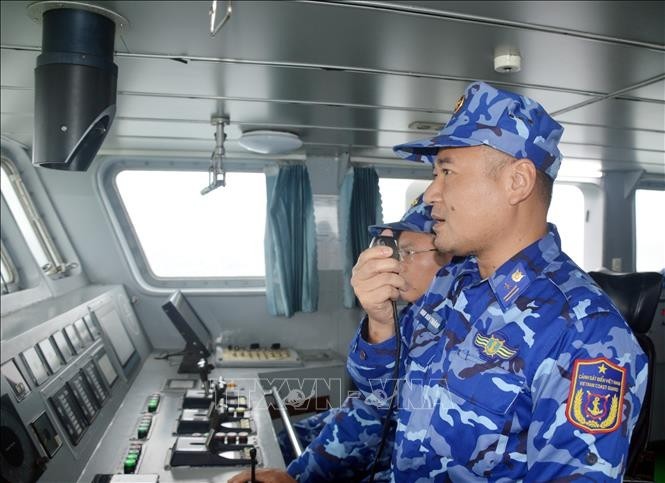 Seas and islands
Seas and islands

